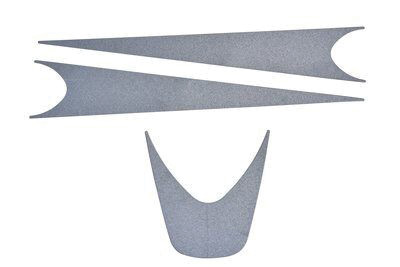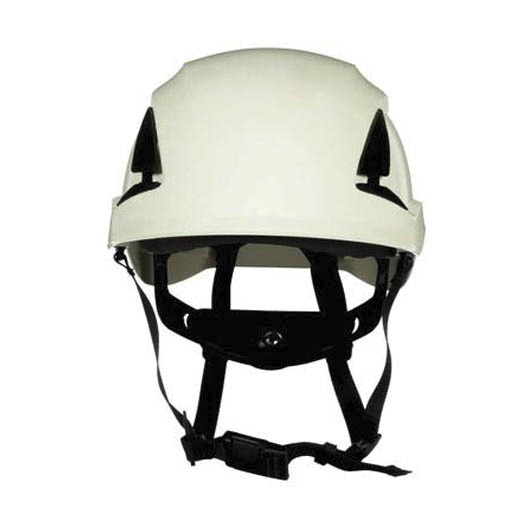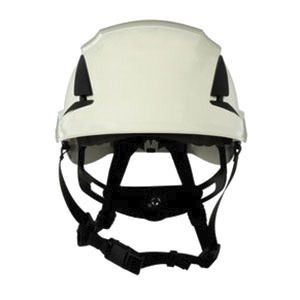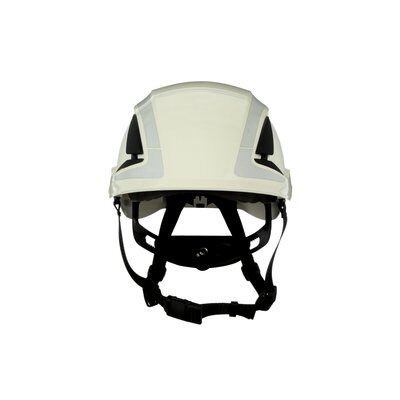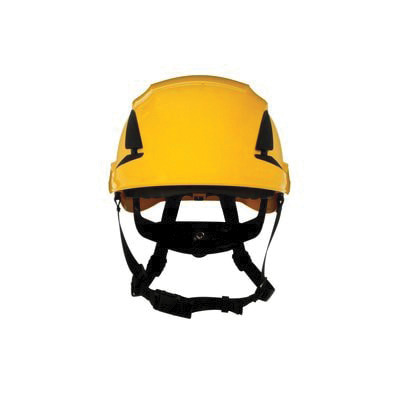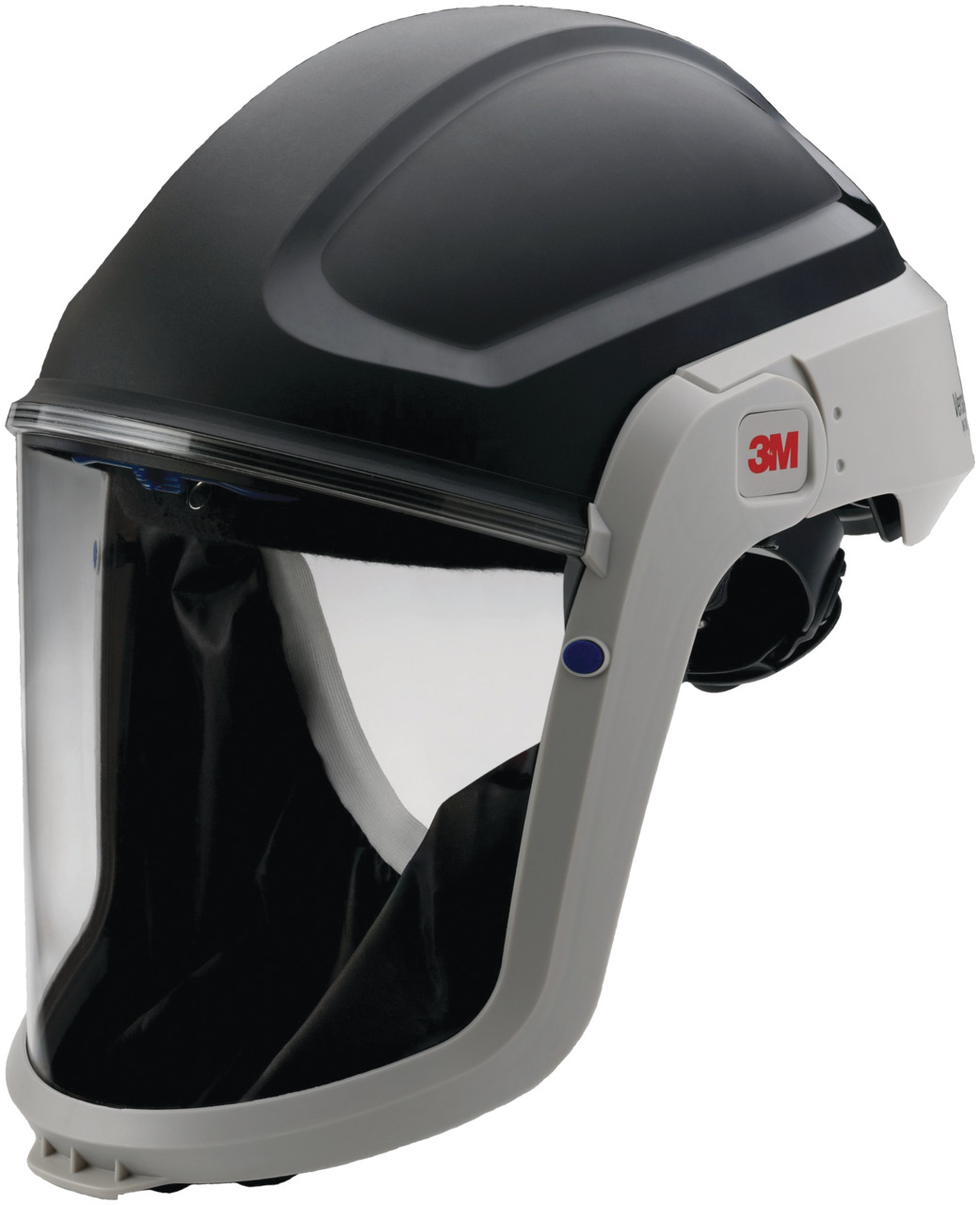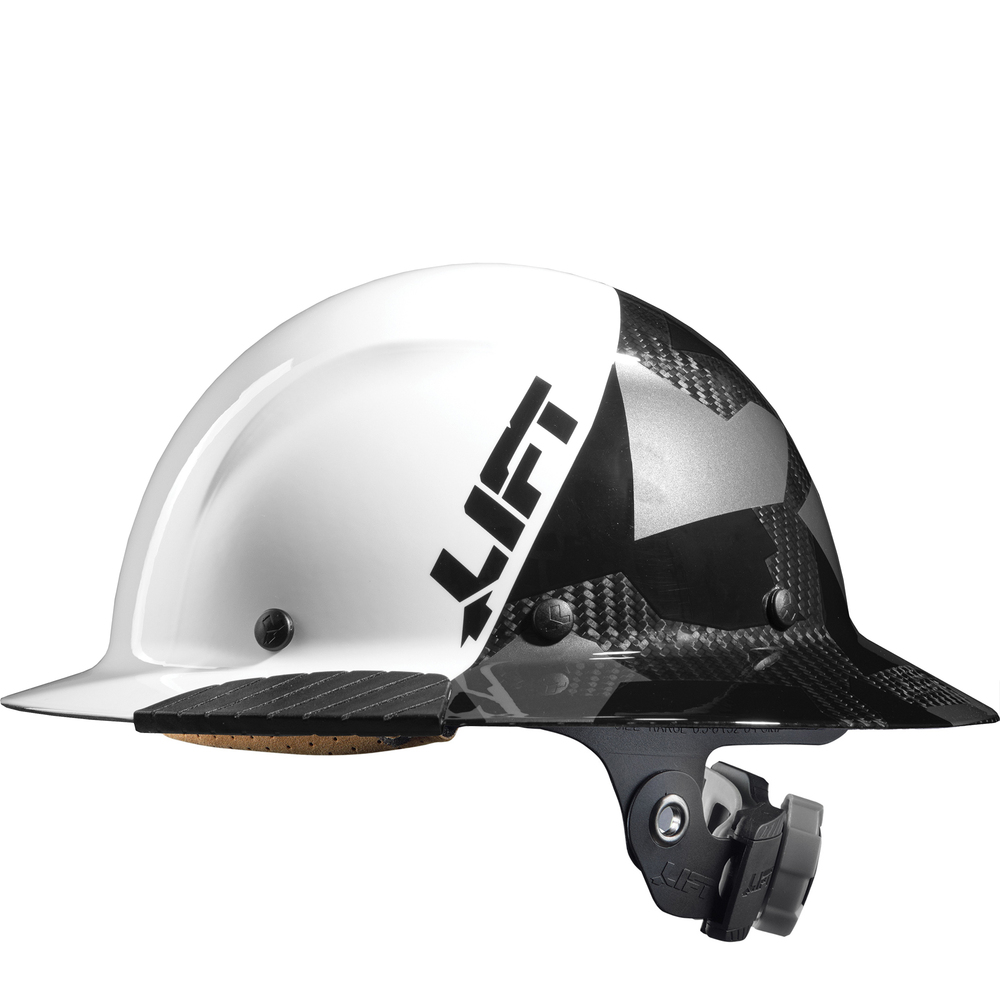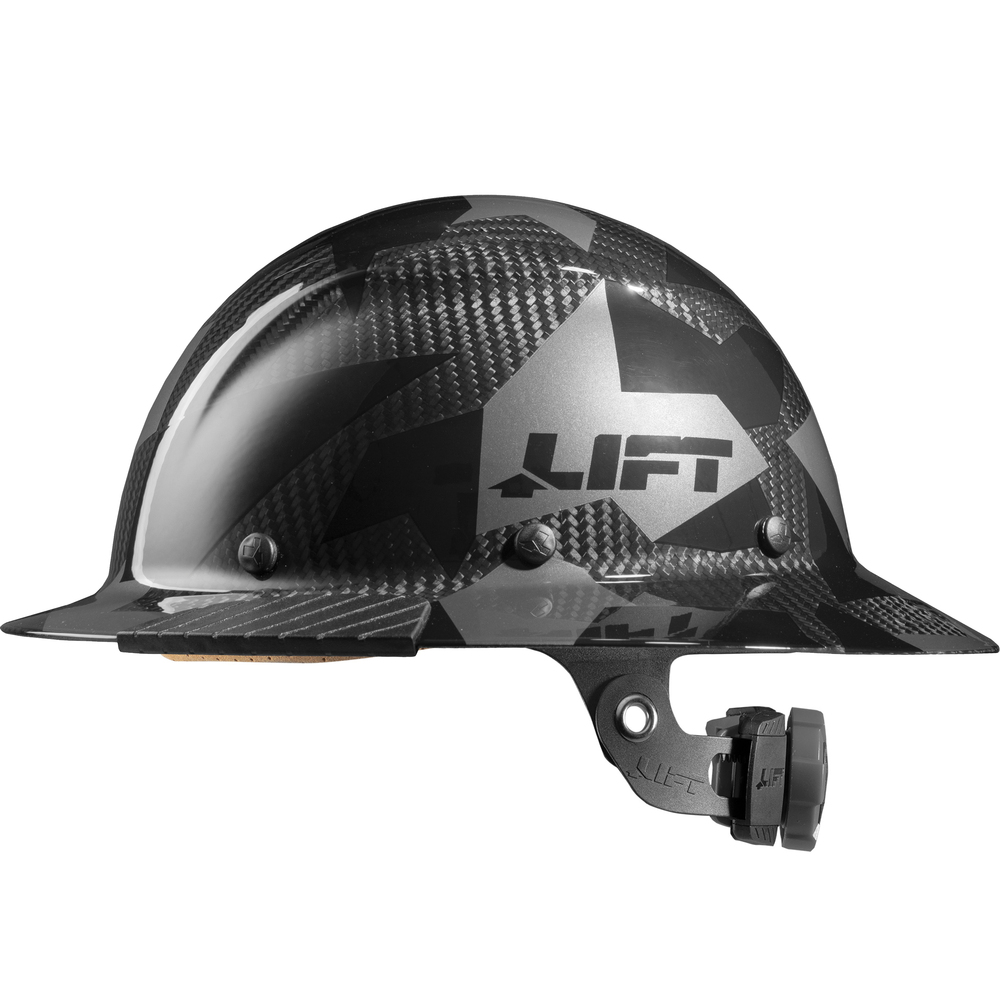Hard Hats
Filter
236 items
content loaded
SKU#:1217010341312
MFG#:7010341312
$30.99 (EACH)
Item pricing and delivery options may vary based on location. Select your local branch for best pricing.
$100.99 (EACH)
Item pricing and delivery options may vary based on location. Select your local branch for best pricing.
$117.99 (EACH)
Item pricing and delivery options may vary based on location. Select your local branch for best pricing.
$121.99 - $142.99
Item pricing and delivery options may vary based on location. Select your local branch for best pricing.
$118.99 (EACH)
Item pricing and delivery options may vary based on location. Select your local branch for best pricing.
SKU#:121071562006
MFG#:7000052874
$507.99 (EACH)
Item pricing and delivery options may vary based on location. Select your local branch for best pricing.
$199.99 (EACH)
Item pricing and delivery options may vary based on location. Select your local branch for best pricing.
$202.99 (EACH)
Item pricing and delivery options may vary based on location. Select your local branch for best pricing.
SKU#:1217010341312
MFG#:7010341312
$30.99 (EACH)
Item pricing and delivery options may vary based on location. Select your local branch for best pricing.
$100.99 (EACH)
Item pricing and delivery options may vary based on location. Select your local branch for best pricing.
$117.99 (EACH)
Item pricing and delivery options may vary based on location. Select your local branch for best pricing.
$121.99 - $142.99
Item pricing and delivery options may vary based on location. Select your local branch for best pricing.
$118.99 (EACH)
Item pricing and delivery options may vary based on location. Select your local branch for best pricing.
SKU#:121071562006
MFG#:7000052874
$507.99 (EACH)
Item pricing and delivery options may vary based on location. Select your local branch for best pricing.
$199.99 (EACH)
Item pricing and delivery options may vary based on location. Select your local branch for best pricing.
$202.99 (EACH)
Item pricing and delivery options may vary based on location. Select your local branch for best pricing.


